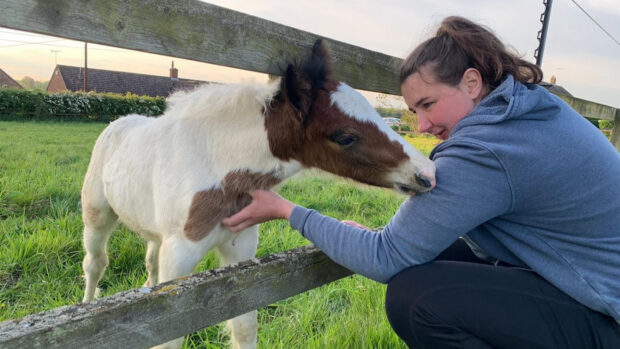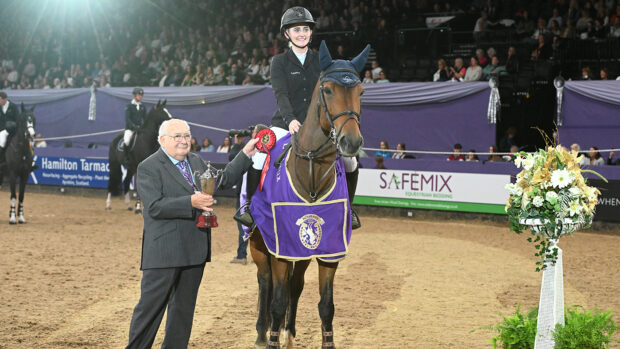What Annette Norman doesn’t know about point-to-pointing is not worth knowing. With more than 20 years’ experience, she has been with trainer Jeremy Scott for five years and has seen his Somerset yard expand to 10 horses in training, plus a few youngsters and horses to train up.
“Point-to-pointing was always part of my life,” says Annette. “But I never set out to make it a career.”
With a grounding in the Pony Club and hunting field, and weekly trips to the local races, it was unsurprising Annette found her first job in a point-to-point yard.
“I started with Capt and Mrs Parry, who had great jockeys and were very professional. I’ve stuck to the amateur yards since, apart from a spell in racing with Philip Hobbs and David Morley,” she says.
Point-to-pointing is a seasonal sport, so when the racing ends around June some grooms find themselves unemployed. Annette is lucky not to have this problem.
“The Scotts retain horses in the yard to school on, which means I ride all summer, too,” she says.
But there are downsides to her job, including the winter weather.
“There are early starts and long days when I could be in a nice, warm office. Horses you look after can be less than friendly, and you’re never going to make a fortune from it,” she says. “Also, for all the years I’ve been working, I’ve no certificates to say I’m a good groom.”
So what is it about the job that has kept Annette hooked?
“I love it so much, I must be barmy. The horses are magnificent, a joy to ride and I’ve experienced a greater camaraderie. Racing feels more like an industry,” she explains.
Being on a small yard suits Annette’s work ethic.
“In a professional yard you have regular hours and three horses to do, but in a smaller yard you do everything yourself. I like mucking in and doing a bit of everything,” explains Annette, who maintains that one of the most rewarding aspects of the job is the responsibility experience brings.
“In time, you may have some input to the horses’ schooling, but the trainer’s the boss and you must be realistic. Some people are overambitious and become demoralised. I now do some schooling — teaching horses to jump at race-pace and in race-style,” she says.
So what would Annette advise anyone who wants to progress in the role?
“Absorb everything and build a rapport with everyone on the yard from the boss to the feed merchant,” she says.
Day in the life of a point-to-point groom
- 7.45am: Annette arrives on the yard. “Jeremy and his wife, Camilla, will have fed and mucked out about half the yard, so we can ride straight away. When we’re doing roadwork I’ll ride one and lead two. When they get fitter we use the gallops.”
- 11.30am: late breakfast before doing the last horses.
- 1-2pm: fit in lunch and spend the afternoon grooming. “The Scotts believe in turning out as much as possible. At least once a week horses will have a day off in the field.”
- 4.30-5pm: finish. “On the days we take the horses hunting [each horse has to hunt for four days to qualify for point-to-pointing] or racing, we start earlier because there are still horses that need to be exercised,” says Annette.
Join Horse & Hound’s NAGS
Membership of the National Association of Grooms and Students (NAGS) is free to all bona fide grooms and students. NAGS is sponsored by training provider KEITS, which offers Modern Apprenticeships, for those aged 16-25, as well as work-based training in equine, animal care and agricultural businesses.
Benefits of being a NAGS member include: Horse & Hound subscription at £1 per copy, £3 discount voucher on a sack of Blue Chip Dynamic, 10% discount on Splash Equestrian equipment and clothing, no P&P charges from Equestrian Vision mail order and eligibility for NAGS-only competitions and offers.
If you are interested in becoming a member, write to: NAGS, Room 2018, Kings Reach Tower, Stamford Street, London SE1 9LS (tel: 020 7261 6993), e-mail: nags@ipcmedia.com or click here to download an application form in PDF format.
And remember, the club is open to all students, not just those studying for an equine qualification.




